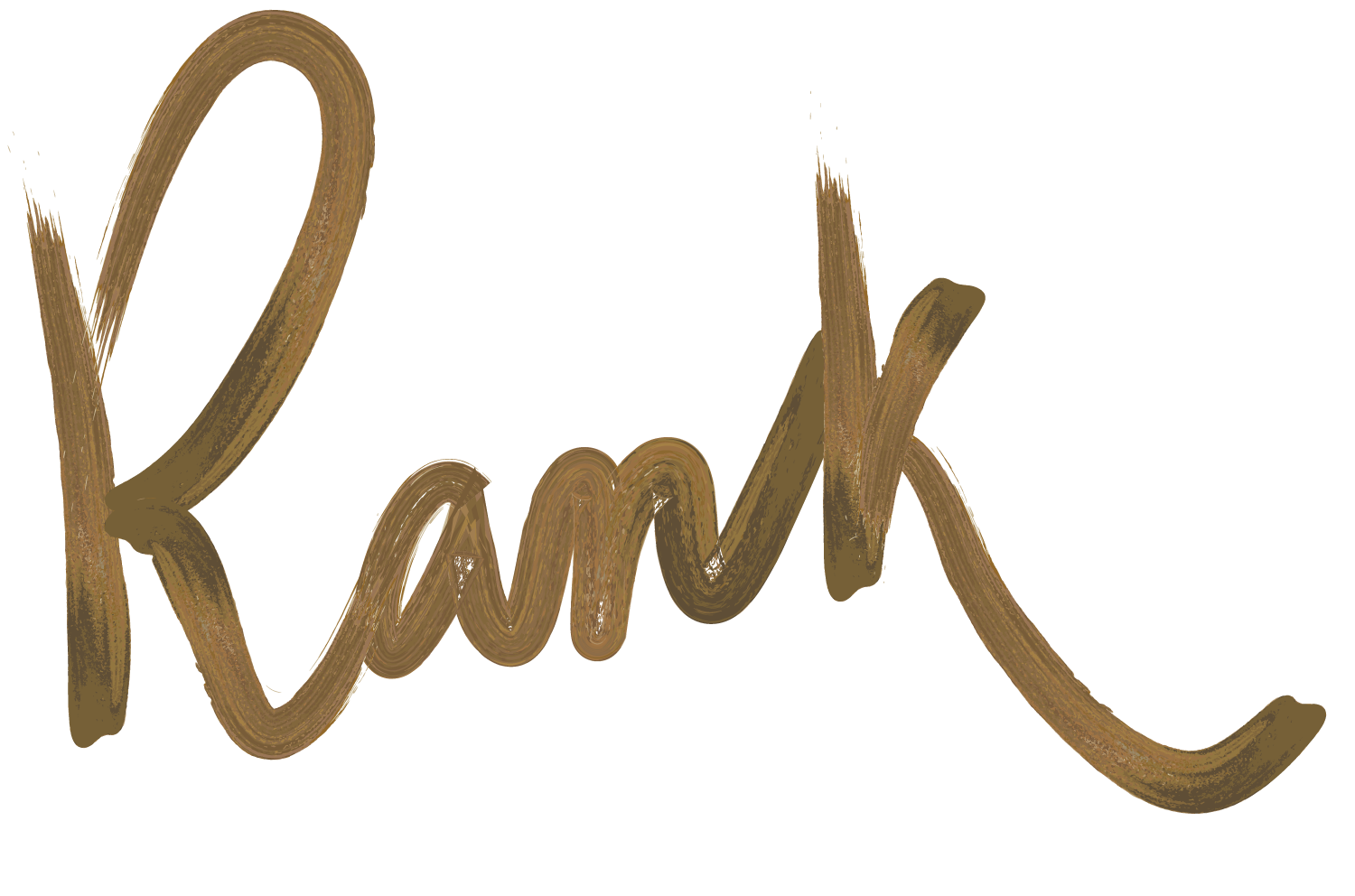A raging nationwide strike is well underway in Myanmar for several days now, following the military’s coup to take back ultimate power over the country that was under their authoritarian rule for almost 50 years. The country’s military force, more commonly known as the Tatmadaw, was voted out by the people in 2015, ushering in a new civilian leadership through the National League for Democracy Party (NLD), led by Aung San Suu Kyi who eventually became Myanmar’s leader.
In 2020, the NLD and Suu Kyi won by another landslide, but the Tatmadaw claim that election fraud was at hand. After a series of denied requests to investigate and recount the votes, the Tatmadaw arrested Suu Kyi and other NLD leaders, cut off nationwide internet connection, blocked news media from broadcasting, and ultimately assumed the seat of power by declaring a “state of emergency.”
The military claims that it is fulfilling its duty to safeguard the people’s interest by staging the coup, promising to bring back a true democracy with a re-election next year. Commander-in-Chief Min Aung Hlaing has seized power over the state, while Vice President Myint Swe has temporarily been declared President.
In response, the people of Myanmar, who are still healing from the scars left by the previous military administrations, have taken to the streets to denounce the Tatmadaw rule. Every day since February 6, tens of thousands of protesters fill up the country’s main cities, to demand the release of their democratic leaders and for the coup d’état to end.
It’s been over a week since the initial protests were organized, but the strength of the people still continue to blaze stronger as the days go by.
Several arrests have been made on peaceful protesters, with water trucks striking at the crowds to discourage its growing size. But still, despite these threats and violent attacks, labor groups have ceased operations, various religious groups have joined the masses, public transportation has been disrupted, and Myanmar citizens, no matter the class, profession, or belief, are standing side by side to fight for their democratic rights. In fact, several police officers have also been reported to defect, turning their backs on the military’s orders and shifting to protect protesters instead.
All of this chaos is happening at the same time as the world’s biggest health crisis, proving that, for power-hungry motivations, there’s no such thing as setting personal agendas to the side for the “common good.”
The Tatmadaw, which has established decades of brutality and dictatorship under their regimes in the past, seized this moment of global and national crisis to take back their control–something that has become a devastating trend for a lot of democratic countries around the world in recent years, especially amid the COVID-19 pandemic.
Zooming out, it’s notable that several pro-democracy demonstrations have been happening almost simultaneously across the globe, with countries like Thailand, the United States of America, Hong Kong, and Peru, leading the fight against their own national threats from within. The common formula stitched in each of these movements include a powerful group that insists on taking over, large rallies to reject their rule, a forceful retaliation via water pumps and police brutality, and a national cry for justice and commonwealth.
These events have all transpired in the last couple of months in different parts of the world, and it’s alarming to consider how, at the root of these international—seemingly separate incidents —freedom of speech, free elections, and democracy are always threatened. In the hands of aggressive powers taking control, an attack on internet connection and international broadcast is often next on the agenda to prevent foreign forces from interfering.
The Myanmar protests, similar to those in the aforementioned countries, are founded on years of oppression and civil unrest between the civilians and the ruling powers. This is a product of almost 50 years of military dictatorship, led by political authorities who have grown increasingly inward-looking with each new ruler. Through the few years that its people have enjoyed the freedoms of democracy, a stronger resolve sharpened among civilians—resulting to this mass show of will power and stubbornness against political intimidation.
In light of all these events around the world, and the not-so-subtle indications in other countries that have yet to reach this crucial point, there are a number of glaring questions.
One, what will this global fight for democracy ignite in the near future?
Two, if history is repeating itself, what will that mean for international diplomacy and stability?
Three, who will win between the masses and the powerful ruling elite?
And four, where does that leave us in the democratic country of the Philippines?


